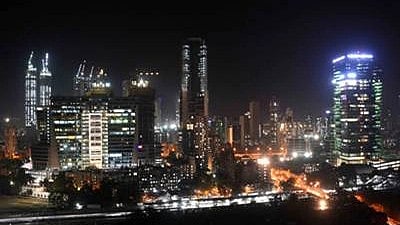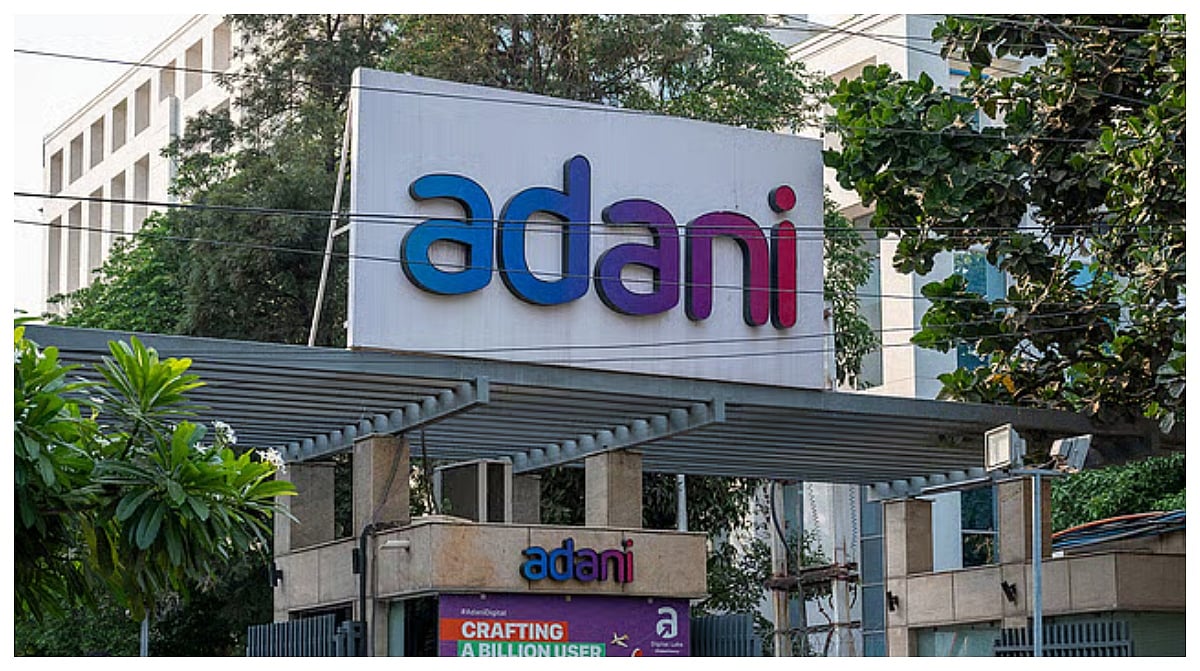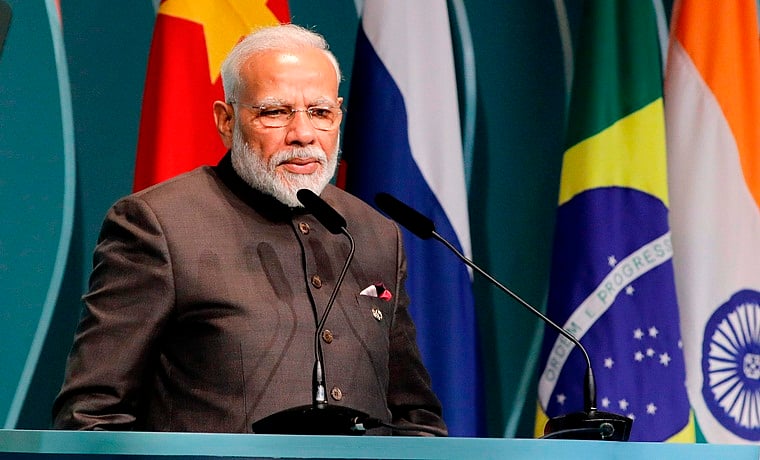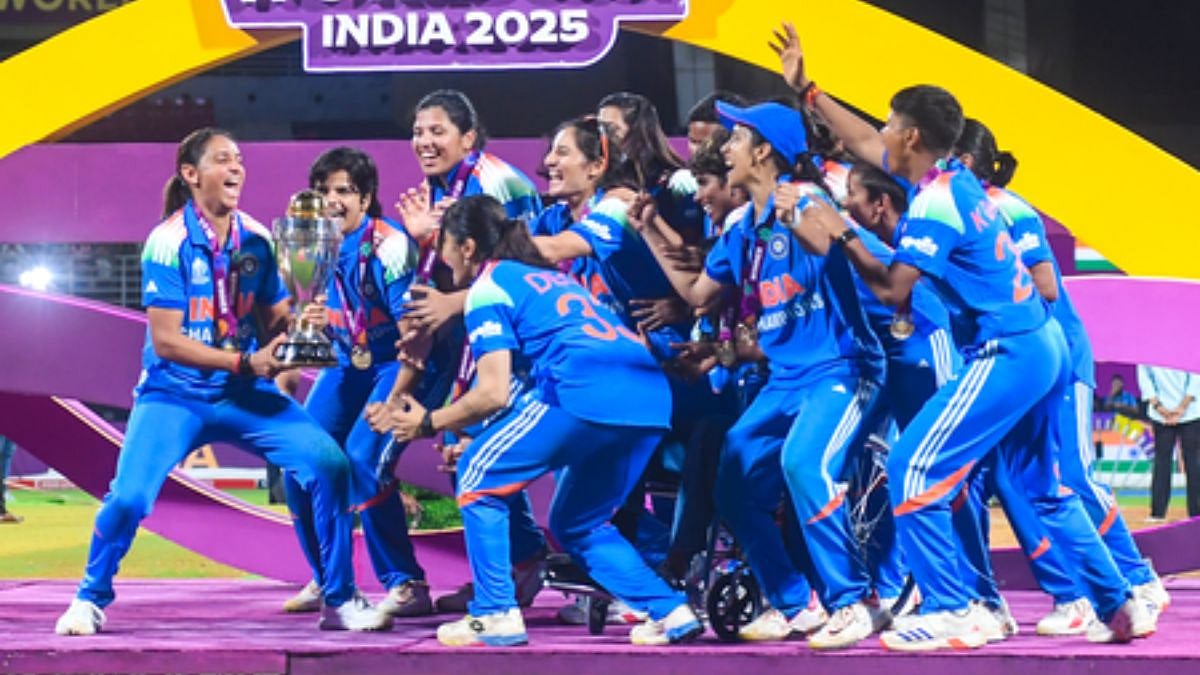It’s been nine years now! Yes, since we have had a Smart City Mission, and some cynical folk like me are still looking for a Smart City.
This can mean only one of two things — A) I don’t know what a Smart City is, or B) I’m looking in the wrong place!
To be very honest I really do not know which one of the two it is, but whichever be the answer, this article is an earnest call for help!
Over the last few months I have read a lot of articles by very well placed individuals, “thought leaders” in the field, discussing how the Smart City Project has been transformative and a game changer in the story of Indian urbanism. New catchphrases, new acronyms, ten-figure project spends are flashed across news, social media and Twitter to bolster such claims and figures.
But as I travel, between Delhi where I work from and various smaller towns and cities in the north, from Himachal to UP, I’m still not sure what the signs of Smart City are? Or are there no signs?
How do you tell it is a Smart City? (Of course, you cannot take a blue-and-white highway signage that says Smart City Meerut with an arrow pointing to the right as literally meaning that, or being the sign, so please do not bring that up.)
To put this in perspective I’m going to have to go back to when we didn’t have Smart Cities. I studied in Lucknow and then in the late 1990s moved to Delhi to study architecture, and have been stuck here ever since. In the last two decades in both these cities I have seen similar trends — better roads, more roads, numerous flyovers and expressways, metro systems, introduction of CNG, electric vehicles. I have also seen a lot more commercial real estate, malls, offices, multiple level car parking, larger capacity airports.
Faster people movement, higher spending and higher costs of living — all good news for financial indicators!
There are also other signs — rise of big money store chains, decline of small businesses, and the rise of privately controlled public space, expensive healthcare.
A lot, of course, is also about narrative building — flyovers, expressways, bullet trains, metros, and other large infrastructure spends make for great media coverage and also work very well for governments since projects are mostly mentioned as spends — multiple thousands of crores that looks really good on any dispensation’s report card!
But when you travel in the same city, on familiar routes, through localities you have lived, loved and walked in for years, the signs are different!
Take for example the stretch of road from Adhchini to Yusuf Sarai, in Delhi, that I have seen for 20 years, that is still dug up every few years in the month of June just as the monsoon sets in — to install storm water drains! Or the multiple sinkholes on the same route that resurface regularly at the IIT flyover and Adhchini for over 10 years? Let’s look also at having a lot of new flyovers and expressways but still not having worked out last mile connectivity and the provision of public conveniences at metro stations and bus stops.
So what or where is the “smart”? Or are we using infrastructure spends and figures as measures of livability? Or is the convolution intentional?
So it brings me to a question I have been wanting to ask for a while: Are spends an indicator of a smart city project’s success? Is infrastructure addition the primary purpose of the project?
And is the city getting smarter? Is that smartness discernible? Do you experience it in your daily life?
I read a tweet that said in nine years, 54% of the budget of the smart city project has been spent - that is a whopping 98,796 crore. Also read on the same thread that most smart cities up north are in a similar state of “dug up”. And forget just me, nobody is surprised!
The recent spate of collapsing infrastructure — quite literally — the two-times collapsing bridge in Bihar, the collapsed expressways, the waterlogged underpasses at which a citizen lost her life in Bengaluru, recent videos of Mumbai’s flooded Western Express Highway, that is a raised corridor, does make you wonder at these projects. Are these spends real? And with all the self-congratulatory messaging in newspapers, media and online by very polished thought leaders in the field, one does end up feeling a little conflicted! At the end of the day, at least sitting here in Delhi, I’m more inclined to feel it's possibly got worse! Of course, there’s always the argument that that smart city mission is more about integration with digital interfaces and governance - that could be loosely called access to data, systems and surveillance —a sad reality we have to live with in a digital age, but I don’t want to go there.
Now you are going to call me a cynic (I have been called that before). Why I’m saying this is not because I believe it, no — more so because, like it or lump it, at this point it is just my word against yours! And I have nothing to go by. I can’t see an independent organisation with national credibility doing any checks.
A project that is spread across 7,804 Smart Cities with a budget in excess of Rs 1,81,322 crore, that has been running for over nine years — shouldn’t someone be checking that it’s doing what it set out to do? Doesn’t anyone want to know? And of course, there is the other side of me that looks at all these overflowing stormwater drains, the tenth missed deadline on another flyover, the perpetually dug-up roads; it feels like we are tilling the soil, and to my farmer-descended self, it does feel like home!
Henri Fanthome, an architect who trained at the SPA, lives and works out of Mehrauli, Delhi and writes about design and urban spaces









